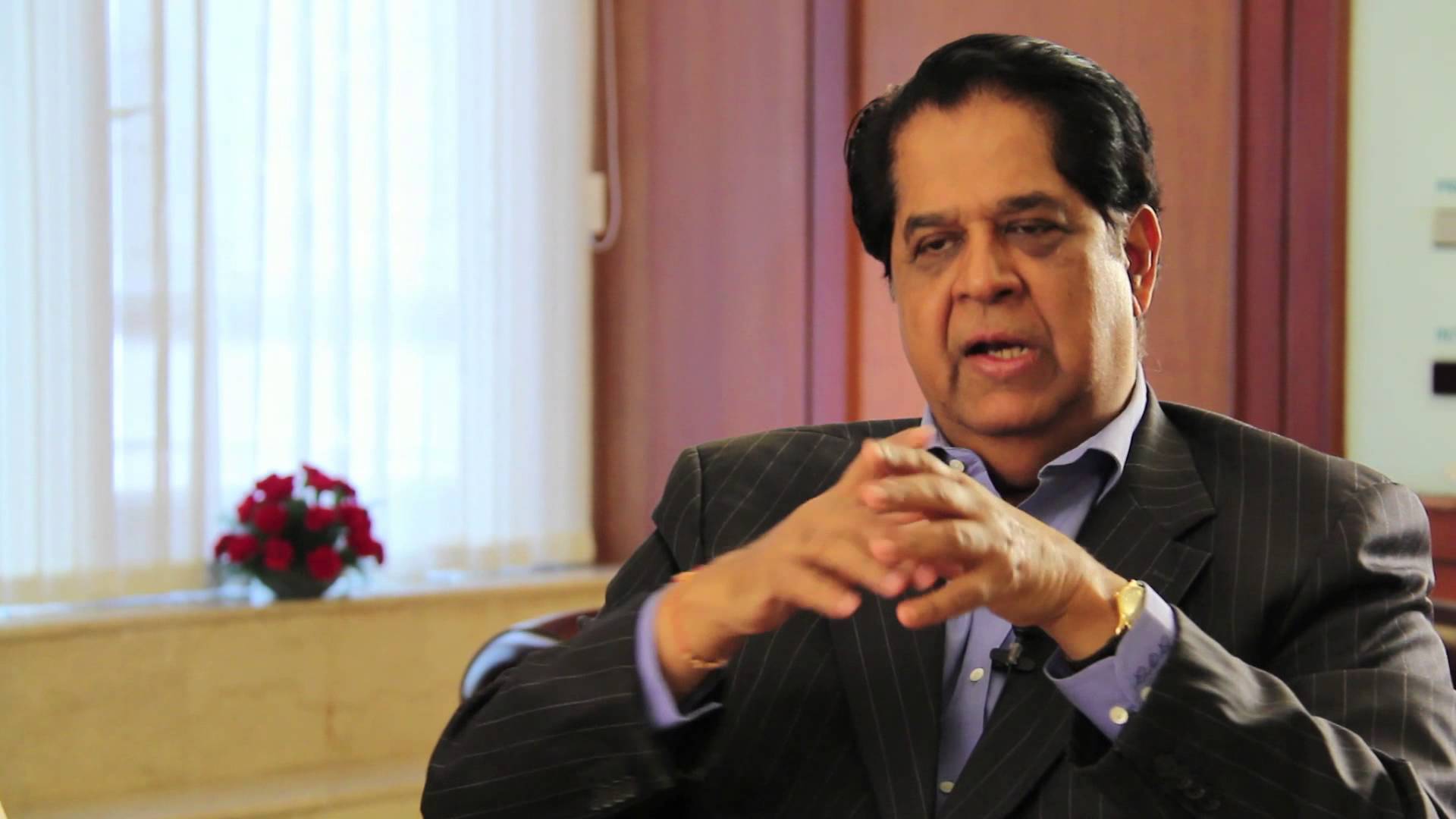The dominance of the Bretton Woods institutions, namely the World Bank and the International Monetary Fund, as the world’s leading financial organizations with power to determine global flow of development finance and destinies of nations is coming to an end. New global financial institutions with capacity to rival the Bretton Woods are springing up. One of them is the New Development Bank (NDB), which was formally launched in Shanghai on Tuesday, July 21, by Brazil, Russia, India, China and South Africa, which are popularly known as the BRICS countries. It took off with $100 billion capital base. NDB declared vision is to serve as a more responsive alternative to major financial institutions such as the World Bank. NDB will disburse its first set of loans in April 2016.
The BRICS’ countries comprise more than 40 per cent of the world’s population, a quarter of the world’s land area and more than 25 per cent of global gross domestic product.
The inauguration of the lender comes less than a month after the launch of the China-led Asia Infrastructure Development Bank, which similarly aims to create a parallel global investment institution in which developing countries have greater influence.
The five countries that founded the NDB would have equal voting shares. “We believe the funding needs of Asia in the infrastructure space are so vast that there is easily space for the two of us and, indeed, many more lenders to participate,”, NDB president and former chief executive of ICICI, India’s largest private sector bank, K. V. Kamath, said.
Kamath and Lou Jiwei, Chinese finance minister, were careful not to criticise the World Bank, Asian Development Bank and other incumbent institutions on Tuesday. But they made clear that they believed that the NDB could improve upon existing norms. “This bank will place greater emphasis on the needs of developing countries, have greater respect for developing countries’ national situation, and more fully embody the values of developing countries. Development is a dynamic process. There’s really no such thing as so-called ‘best practices,” Lou said.
Kamath pledged to move the bank “from best practices to next practices,” adding that traditional development lending was often “too rigid, inflexible, and slow. From a borrowing country’s perspective, these become huge deterrents to growth,” he said.
By Dike Onwuamaeze
[divider]



